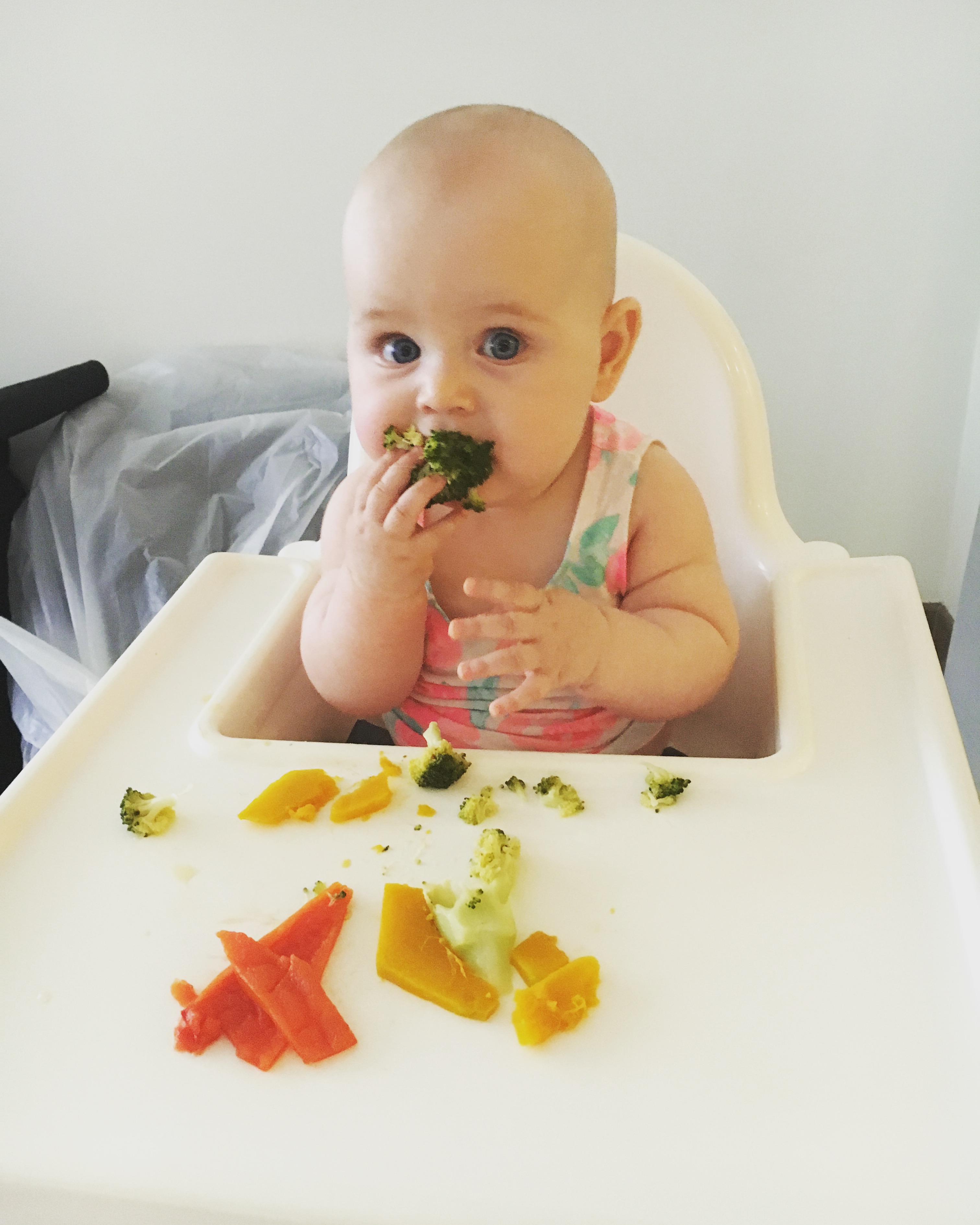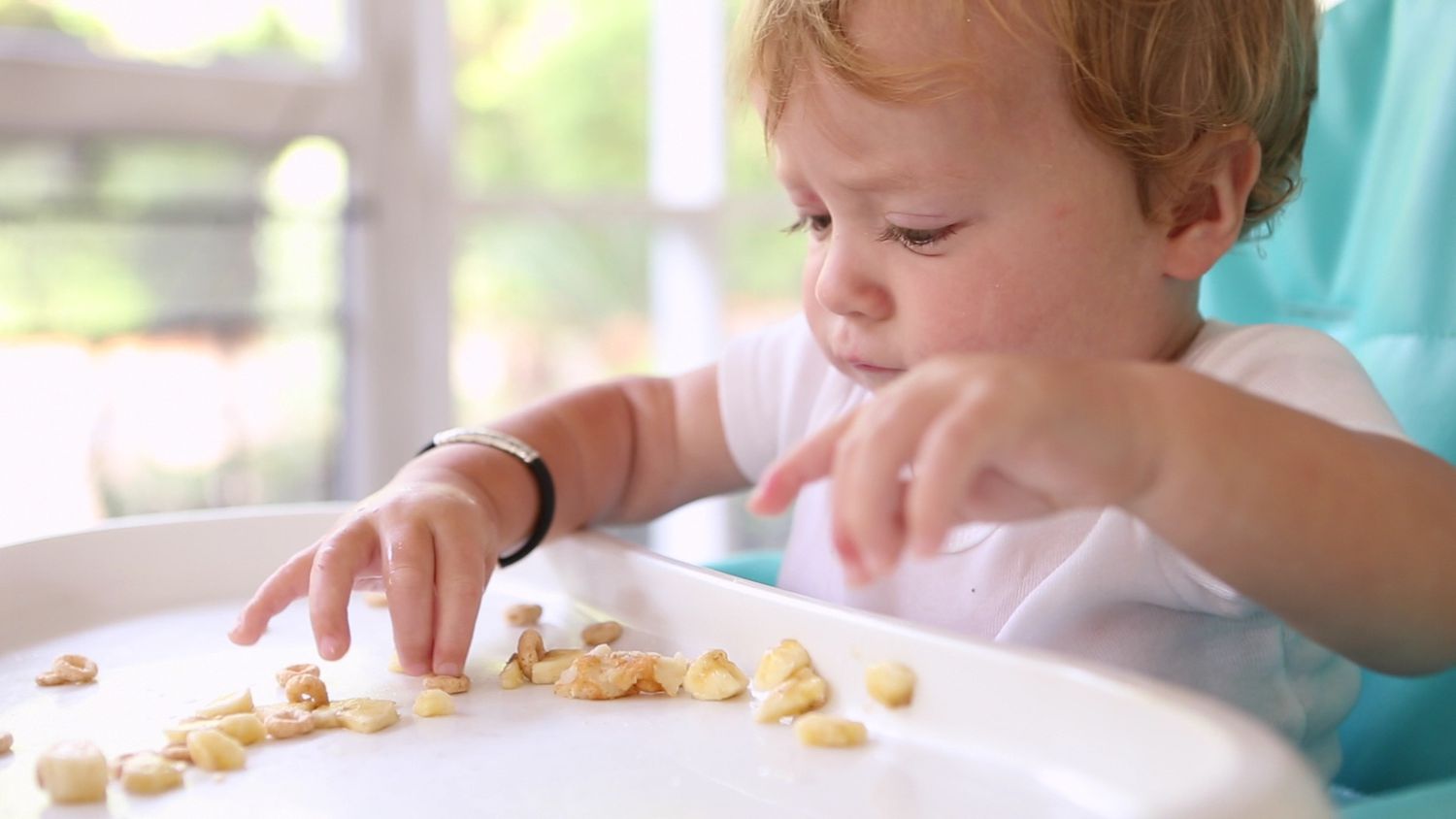Has your child’s doctor said it’s almost time to start on solids food with you sweetie? Mounds of mushy rice cereal and puréed peas, plus plenty of coaxing baby to open that tiny mouth, can be pictured. But while many parents prefer to introduce solids in the form of purées, there is an alternative method that you can also consider for the foray into solid foods for your infant.
The number of parents these days are fully bypassing purées and jarred baby food in favour of a technique called baby-led weaning, providing finger foods to give babies more control over what they put in their mouths (and how much).
What is baby-led weaning?
Baby-led weaning is a practice where babies 6 months old skips purees and other mashed solid foods and straight to solid, finger food. This practice was first introduced in 2005 by author Gill Rapley. Since then, baby-led weaning has been gaining traction globally.
This unconventional approach was founded based on the idea that humans, which includes babies are inherently intuitive in choosing the most optimal sustenance for themselves. Instead of forcing babies to chow down purees and mashed food, why not let them choose which healthy food they want to eat right away?
Baby-led weaning allows babies to learn how to chew and swallow the food they like, it also provides babies the initiative to select their food and build their confidence in eating.
But those aren’t the only benefits. According to advocates and some research, the potential perks of baby-led weaning include:

- Encourages babies to become familiar with a greater variety of textures and flavors. That may make them more likely to develop more varied and healthy food preferences in the long run. A number of studies have shown that babies who eat a variety of foods (including peanut products and fish) may actually be less likely to have food allergies later in life. Just keep in mind that nuts and seafood are some of the most common childhood allergens, so you should always consult your child’s pediatrician about how to best introduce these foods to your baby.
- Could reduce the risk for child obesity. With spoon-feeding, the parent is in control (which may make babies eat faster and more than they really need, potentially leading to a habit of ignoring feelings of fullness) — but similar to breastfeeding, baby-led weaning allows baby to self-regulate how much she eats based on her hunger levels. That could result in a lower chance for becoming overweight compared to children who are spoon-fed.
- Promotes fine motor skill development. Sticking primarily with finger foods encourages the development of manual dexterity and hand-eye coordination skills.
But no feeding method is perfect, of course. Though there are plenty of reasons to consider baby-led weaning, there are a few downsides, including:

- It’s messy. Eating finger foods is messy for babies of any age, especially those who are learning how to hang onto foods and get it into their mouths.
- You need to pay attention to iron. Breastfed babies get enough iron from your breast milk until baby is 4 months old — but levels can diminish at this point, which is why your pediatrician will likely add a liquid iron supplement to the mix (1 mg/kg per day) until baby starts eating iron-rich solids. However, it can be hard for some babies to chew on many iron-rich foods (like beef). Puréed meat, green veggies and fortified cereals can help fill the gap. Your doctor may also recommend that your little one stay on an iron supplement through the first year as an added precaution.

When to start baby-led weaning
Experts are suggesting that about 6 months is the safest time to start solid foods. Most babies are able to sit up by themselves by that age and catch and hold onto objects. Babies who are able to control their tongue movement are also a good sign.
Although baby-led weaning has its perks, it still deviates from conventional advice from medical experts. If you are unsure if this method works for you, please consult your pediatrician.

Tips for successful baby-led weaning
- Invest in a big bib. Consider dressing your little one in just a diaper and covering her with an oversize bib or smock, and put a drop cloth or newspaper on the floor beneath the high chair.
- Start slowly. In the beginning, you only need to place one or two pieces of food in front of your little one at mealtimes. We understand you may very excited to let your baby try as many varieties as they can but you may end up overwhelming your baby.
- Don’t worry about plates or bowls for now. She’ll toss ’em on the floor anyway. Just place the food right on the table or high-chair tray, and let the party start.
- Make slippery foods easy to grasp. There’s a reason why this method does not work with purees and mash food; they can’t be grabbed! Grind Cheerios or other whole-grain cereal, wheat germ or whole-grain crackers into a fine powder, and then coat the foods with the “dust.” It’ll make it easier for your little one to grab hold of and munch on and it’ll boost the health factor of the foods).
- Encourage fun. Think of solid food meals as playtime, when the baby explores different textures and experiments with tasting and chewing, let your baby get confident and comfortable around exploring different types of food.
- Don’t force the issue. Babies below the age of 1 can get 100% of the nutrients they need from breast milk or formula milk so it is absolutely fine if your baby seems apprehensive to try solid food at the start. Let her set the pace. As she gets more proficient and starts to eat more, she’ll gradually consume less breast milk or formula in favour of the solid foods she’s learning to love.
- Be flexible. Remember babies are human too! They can have bad days and be fussy and hard to handle on certain days. You can choose baby-led weaning some of the time, alternating with spoon-feeding or adding to it (baby eats a chunk of banana, you spoon in some yoghurt).
Baby-led weaning can give your little one more independence at mealtime, and maybe even help her become a more adventurous and confident eater!







